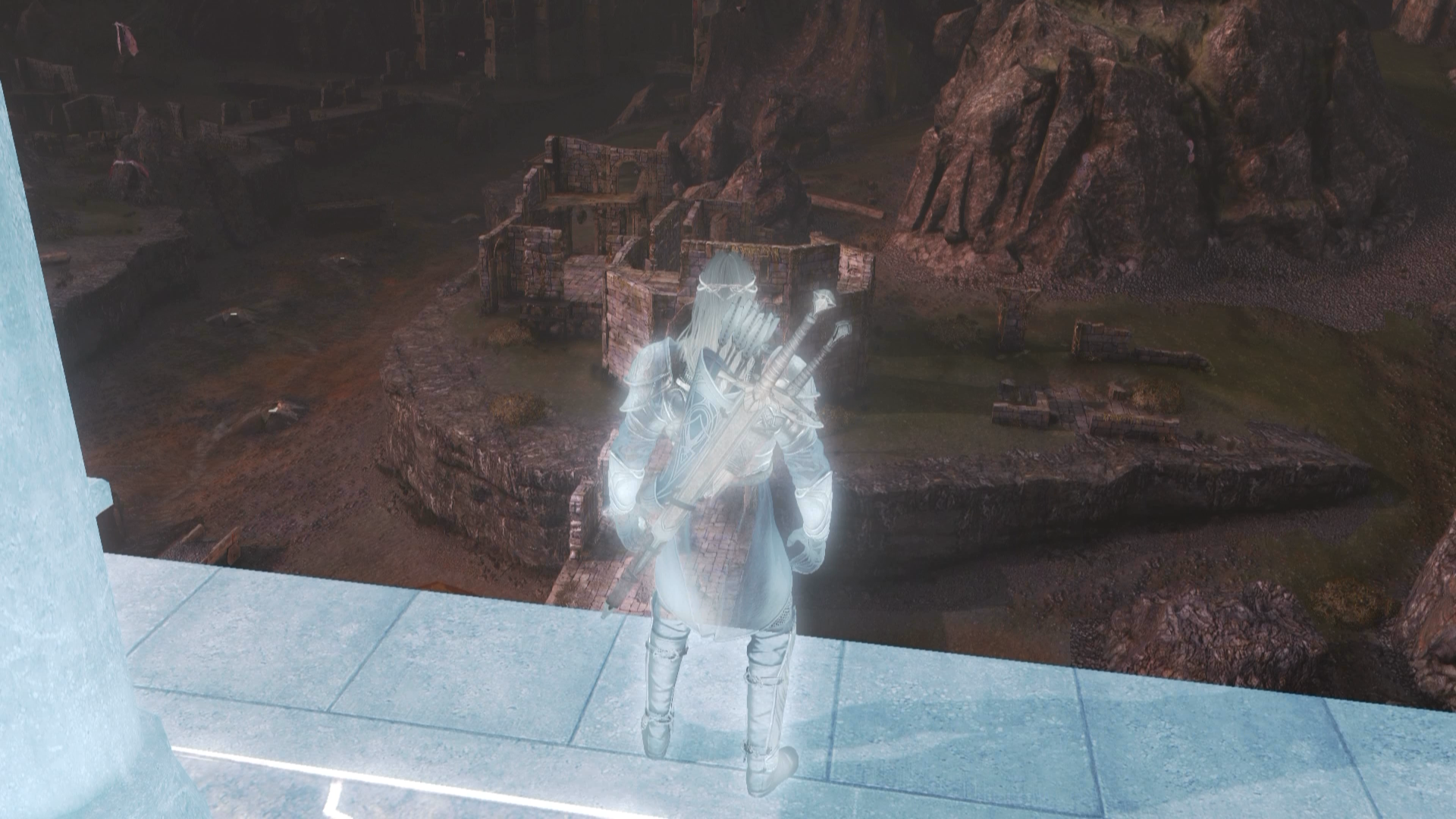
A not insignificant part of that was the combat, with its focus on flashy-but-simple combos. Arkham Asylum released eight years ago and is, I’d say, considered a “classic” at this point. Six hours have passed in a blur of same-y orc commanders, with only the weird one that spoke in rhyming couplets really standing out so far. They were just silhouettes on the army screen. When I’d finished with Cirith Ungol and Minis Ithil and moved on to Act 2, I hadn’t even learned the names of half the orc ranks in either region. Shadow of War isn’t like that-at least, not yet. You’d fought them, occasionally died to them, been taunted by them, been harassed by your actual nemesis, and basically uncovered the inner workings of Mordor’s political machine. By the time you left, it felt like you’d really learned about them. Shadow of Mordor dropped you into a single region for upwards of ten hours, slowly introducing you to the lower ranks of orcs, then the middle ranks, then the upper ranks. I actually think the Nemesis System has been less engaging this time around-an unfortunate effect of having so many areas open to you so early on.

You’re still entering an area, destroying the various outposts to weaken the big-bad at the top, then taking that foe on head-to-head to try and conquer the region. Talion has more powers this time around, and he’s more mobile, but the feedback loop hasn’t changed a bit. Each region has its own Nemesis system, its own army of pseudo-unique orcs to take down, its own doodads to collect and challenges to overcome. That said, there’s a definite “Been here, done that” feeling and I’m only maybe a quarter (or less?) of the way through. And what I’ve seen of the second act has changed it up again, dropping me into a lush and fertile section of Mordor reminiscent of the end of the previous game. The latter is an especially welcome change for the series, with its gleaming white walls, iconic Tower of the Moon, and Romanesque arena. The first act has you bouncing between the dimly lit caverns of Cirith Ungol and the besieged Gondor city of Minis Ithil (later to be Minis Morgul). The regions I’ve seen have been pleasantly varied, too. More fluid than its Assassin’s Creed inspiration, that’s for sure, though there are still the occasional hiccups as Talion gets stuck on a random ledge or leaps off the building you just climbed and into a waiting orc horde. There are a dozen different options for getting around, and it feels pretty fluid. You can leap off enormous buildings and land catlike on your feet, catapult yourself up the side of the next building, teleport to distant enemies by simply aiming at them, summon a mount within your first hour or two playing, and more.

#Shadow of mordor review plus
On the plus side, Talion seems more mobile than ever. From the bit I played, this really does seem to be a more sprawling version of Shadow of Mordor, for good and bad. Mordor she wroteĪs for the game? Listen, I made a dumb pun about “Shadow of More-dor” about a dozen times in the last six months, but that’s really the best way to describe it.
#Shadow of mordor review install
It’s gigantic, though I think you could pare a bit off if you don’t install the 4K content-it seems to be listed under the game’s DLC. Middle-earth: Shadow of War is a 97.7 GB install, which (I think) is a new record, surpassing Forza 7’s record-setting installation process from a mere two weeks ago. Nothing too dire, though the last is an odd oversight. The only bugs I’ve noticed are some odd physics ragdoll glitches-dead enemies literally flying through the air-plus the occasional audio spasm when returning from a cinematic and missing subtitles whenever I pick up collectibles. I’ve only seen three so far but there’s plenty of empty space still to be filled. The visuals haven’t changed much since 2014, but maps seem larger than last time and there are certainly more maps to explore. I’ve maxed out everything else though and the game looks decent regardless. Unless you have an incredible PC, don’t bother with it. More than a GTX 980 Ti’s worth (6GB), at least. I don’t know how much VRAM you’ll need to run those textures, but it looks like a lot. I will note that the 4K texture pack is absurd this time, and turning it on caused my VRAM bar to go literally off the charts. But on my machine, I’m riding the 100 frames per second mark on an Nvidia GeForce GTX 980 Ti at 1080p.

I’ve seen a few Steam reviews mention poor performance, and I don’t know what’s happening there-I’ll keep an eye out in case the problem seems to spread. But yeah, there’s probably nothing to fear here.


 0 kommentar(er)
0 kommentar(er)
